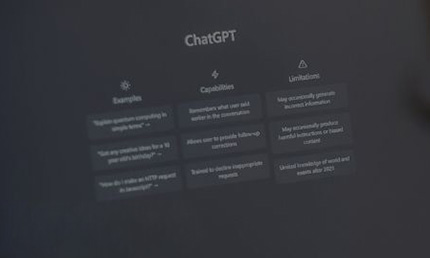The shift toward AI-driven answers doesn’t mean website content is any less important — it means it matters in a new way. In Generative Engine Optimization (GEO), website content is the bridge between thoughtful human communication and powerful machine understanding. In this post, we’ll explore how to create content that both resonates with real readers and reliably earns its place in AI responses.
1. Content Clarity is Your Ticket In
AI systems favor content that’s crystal clear and well-structured. That means keeping information easy to scan while still informative. Short paragraphs, clear headings, and well-chosen examples help people and AI alike.
Key ways to create clarity include:
- Headings and short paragraphs that make it easy to skim.
- Fact-rich summaries up front that give readers quick takeaways and AI concise content to quote.
- Predictable formatting, like FAQs or step-by-step sections, which helps AI recognize and extract answers.
2. E-E-A-T Isn’t Optional — It’s Essential
For both human trust and AI citations, content must demonstrate credibility. You don’t need to overcomplicate this. Simply show what you know, back it up with examples, and keep your information verifiable.
Think in terms of:
- Expertise — explain how you know what you know.
- Experience — share examples or case details.
- Authoritativeness — cite data or reliable sources.
- Trustworthiness — keep content accurate and up to date.
3. Write for Context, Not Just Keywords
Keyword stuffing (planting key phrases repeatedly throughout a page) has lost its edge. Instead, write content the way people ask questions and the way AI engines process them. Natural question and answer formats and descriptive headings make your pages more relevant and more findable.
For example:
- Not descriptive: “Our Products”
- Descriptive: “Industrial Stainless Steel Water Storage Tanks”
This shift toward context-aware writing ensures your content aligns with searcher intent while also being easier for generative tools to understand.
4. Structure for AI — and for People
Readable, organized pages are a win-win. Visitors appreciate content that’s easy to follow, while AI engines favor structure they can parse quickly.
Ways to achieve this include:
- Headings and subheadings to clearly separate topics.
- Lists and tables to highlight key points.
- FAQ sections for both quick scanning and easy extraction.
5. Keep Content Current — AI Won’t Cite Stale Facts
Freshness matters. AI tools are more likely to surface content that feels recent and reliable, while outdated pages often get skipped over. That means updating your site isn’t optional — it’s part of staying visible.
Refresh data, add new examples, and revise language when customer questions change. By keeping your content current, you show both AI and human audiences that your information can be trusted.
6. Measure Visibility by Mentions, Not Just Clicks
In GEO, rankings still matter — but they’re not the only measure of success. Increasingly, visibility means whether AI tools cite your brand in their answers. Emerging tools can help track citations in ChatGPT, Gemini, and Perplexity, as well as mentions in AI-generated summaries. Blending these insights with traditional search engine ranking data gives you a more complete view of your online presence.
In Conclusion: Content Still Core to Visibility
Content that serves both human readers and AI tools builds trust, clarity, and visibility. When you combine structure with insight and freshness, your message stands out across every platform.
Stop Guessing, Start Growing with an AI Plan
Book a Strategy First session to gain a clear, structured AI marketing plan – crafted to engage both real buyers and generative engines.


